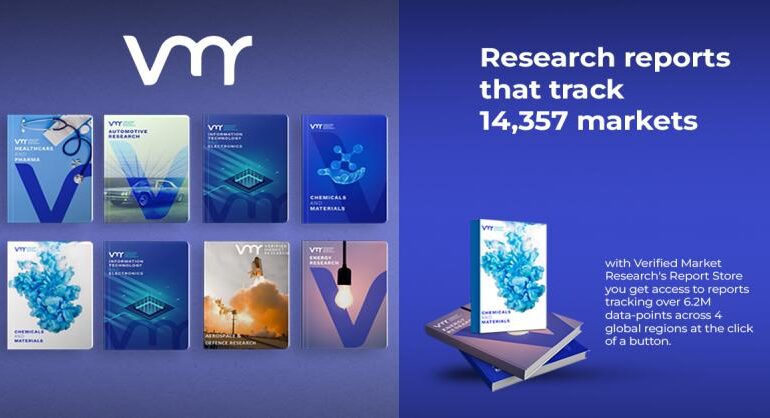Understanding Trump’s 10-Year Ban on State AI Regulation
Donald Trump’s proposed legislation aims to freeze state-level AI regulations for ten years, raising questions about the future of artificial intelligence governance in the U.S. This initiative could reshape the tech landscape, but opinions are divided on whether its impact will be constructive or detrimental.
The Proposed Bill and Its Objectives
Donald Trump introduced a legislative proposal aiming to impose a 10-year moratorium on state-level AI regulation. The bill seeks to create a cohesive national policy, arguing that varied state laws could hinder technological innovation. The federal government would centralize regulation to ensure consistency, potentially expediting AI advancements while avoiding confusion stemming from disparate state legislation.
Potential Benefits of a National AI Policy
A unified national approach to AI regulation is seen by proponents as a way to foster innovation and drive technological progress. By preventing a patchwork of state laws, the tech industry might not only experience increased growth but also attract more investment. Furthermore, this centralized method might streamline compliance for companies, reducing administrative burdens and fostering a conducive environment for development.
Concerns and Criticisms of the Proposed Ban
Despite its potential benefits, Trump’s proposed ban has sparked controversy. Critics argue that it might stifle local governments’ ability to address unique community concerns and preferences regarding AI’s impact. Additionally, the absence of state regulations could lead to ethical dilemmas and privacy issues, as a one-size-fits-all approach may not adequately address varied needs and potential risks associated with AI deployment across states.
Conclusion
Trump’s 10-year ban on state AI regulation invites a complex discussion on balancing innovation with localized governance. While it promises streamlined federal oversight, there are valid concerns about adequate protection and adaptation to community needs. The future of AI regulation might hinge on finding a middle ground between national consistency and local flexibility.





